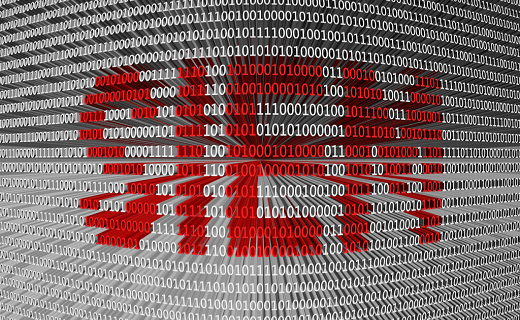What is a SIEM?
Security Information and Event Management is a perfect security strategy that offers organizations with observability over their information security. When Security Information Management and Security Event Management are combined, log data is aggregated across users, correlations, machines, and servers during the real-time event monitoring and later on detecting security threats mitigating risks at that particular moment. SIEM is advancing when it comes to the security system. Some incorporated technologies include; -
- Log Management Systems.
- Security Event Management.
- Security Information Management.
- Security Event Correlation.
As these technologies mentioned above have been integrated over the years, SIEM emanated as the most used term when it came to managing data generated from a variety of integrated security systems and controls. In reality, Siem is an administrative layer that’s above a secured existing system and security controls that tend to provide a comprehensive strategy to understand and analyze all of the organization’s network activities from a particular interface. There are many advantages that come with the use of SIEM security. Here is a brief discussion on some of the advantages.
What Are SIEM Technology and Its Importance?

Why is it useful?
1. Operations Support.
The size and advancement of today's businesses are growing at a high rate alongside a number of IT experts who support them. Most operations are normally split among a variety of groups such as; -
- The server team.
- Desktop team.
- Security Operations Centre.
- Network Operations Centre.
The above-mentioned split group is tasked with how they monitor, analyze, and respond to different events using their own trained tools. This leads to difficulties in data sharing and collaboration especially when security problems occur. SIEM as a Service is useful in such cases because it can instantly pull information from diverse networks into a particular window, allowing for a well-organized crew to collaborate easily in very large enterprises.
2. Forensics.
Doing a forensics investigation can be a long process. A forensic analyst must first analyze log data in order to deduce security breaches then secure the log data in a manner that will make it valid in a courtroom. By storing and securing historical logs, and furthermore providing the necessary tools to quickly steer and correlate log data, Siem security technology allows for expeditious, detailed court-permissible forensics investigations. As much as log data denotes digital biometric identification of all activities carried out by IT infrastructures, SIEM can be used to identify security breaches, operations, and regulate compliance problems. Therefore, SIEM security technology has the ability to automatically monitor log data, correlate, recognize patterns, alert, and do forensic investigations. In the end, it has been ranked as the topmost security system for collecting and producing IT Intelligence.
3. Compliance.
Nearly every enterprise is limited by regulations such as; -
- HIPAA
- Sarbanes-Oxley.
- PCI-DSS.
To attain and maintain compliance using these restrictions is an intimidating task. SIEM can be useful by dealing with compliance regulations either directly or indirectly. Almost every organizational mandate needs some kind of log control to be able to maintain and scrutinize trails of activities. SIEM security allows easy deployment of log collection data that directly sustain compliance allowing instant access to real-time log data. Ancient log data can also be retrieved.
SIEM has reporting abilities that render audit support features to verify whether certain compliances have been met. SIEM suppliers sell packaged documents that directly fit into certain compliance regulations. This packaged documentation can run with little configuration aggregating and generating documents from across the organization to satisfy audit requirements.
4. Zero-day threat identification.
New attack trajectories are discovered each day. Network security systems such as; -
- Firewalls.
- AV Solutions.
- IDS/IPS
All do search for malicious activities at different points within organizations connected to the Internet. Although, such network security systems aren’t equipped heavily to identify zero-day threats. SIEM security can identify activities related to the attack as opposed to the attack itself. For instance, a well-designed spear-phishing threat using zero-day threat detection is likely to make it through antivirus software, spam filters, and also firewalls when opened by targeted users.
SIEM security can detect attempted threats with the help of configurations. For instance, when a PDF is exploited the Adobe Reader procedure might end up crashing. Immediately a new procedure will be initiated that either pays attention to an immediate network connection or establishes an outward connection to the breaches. SIEM security offers a reinforced endpoint that monitors capabilities keeping track of different operations commencing and ending and network connections as they open and close. As it correlates both the network connection and process activity from main machines, SIEM is able to detect threats without inspecting payloads and packets. It can provide safety measures that can identify malicious threats that slip old fashioned defenses.
Summary.
Security analysts using SIEM security have an advantage whereby they can devote their time to identify security breaches in real-time as opposed to investigating how each single security system linked to their IT infrastructure works.
Related Resource